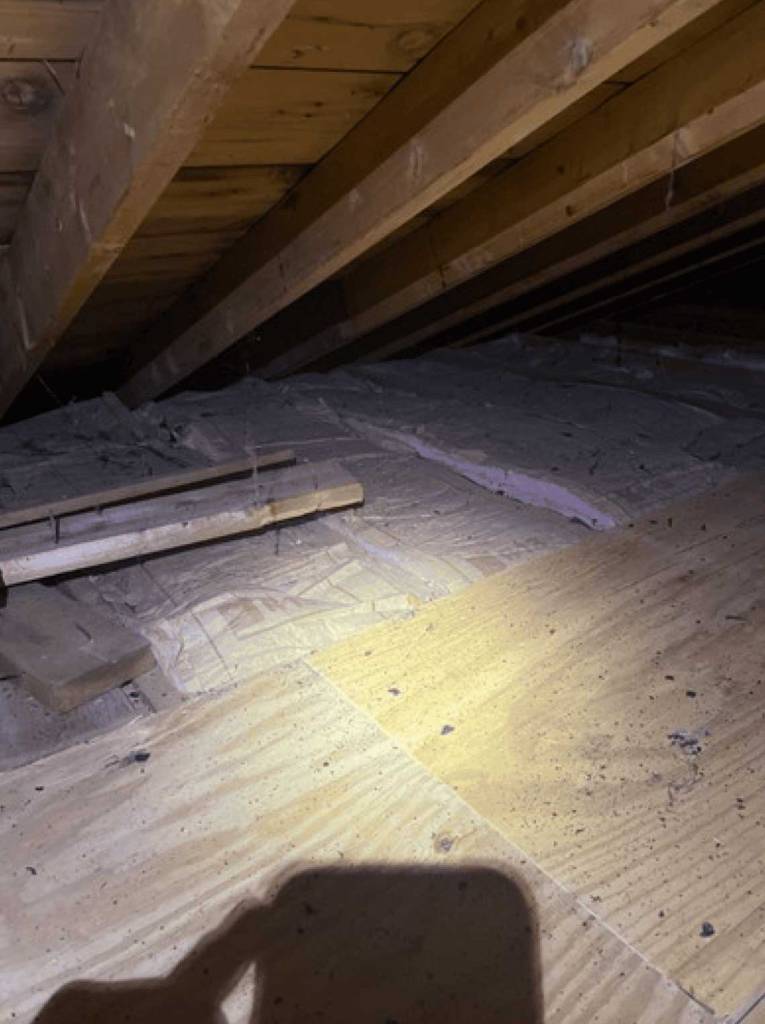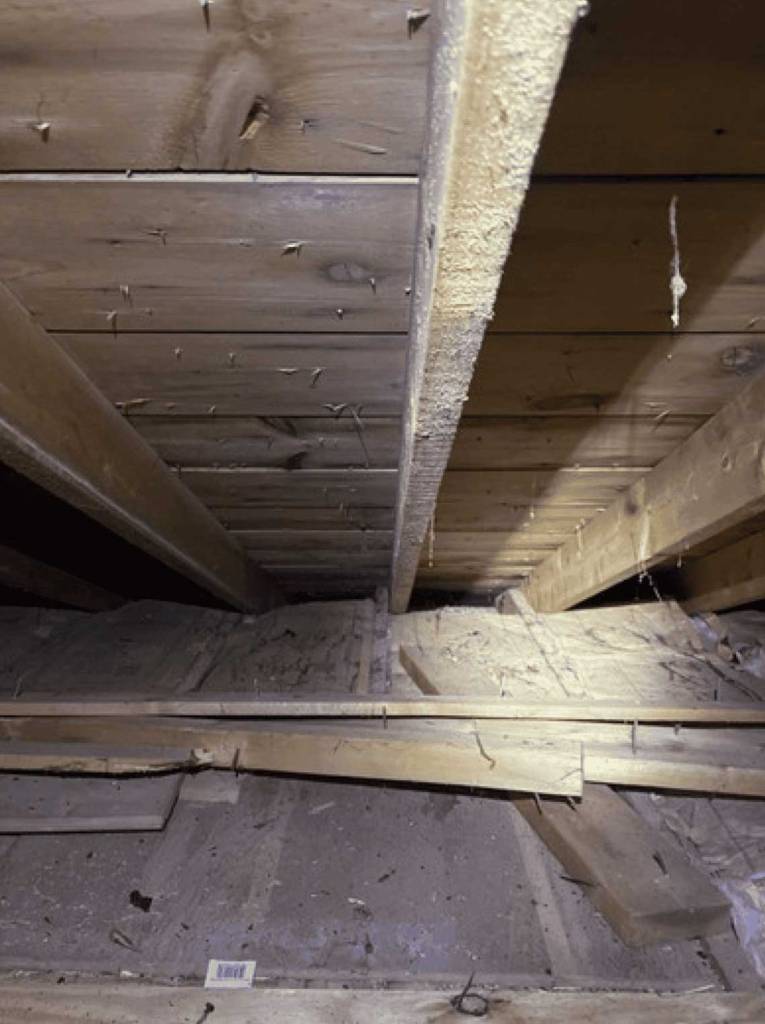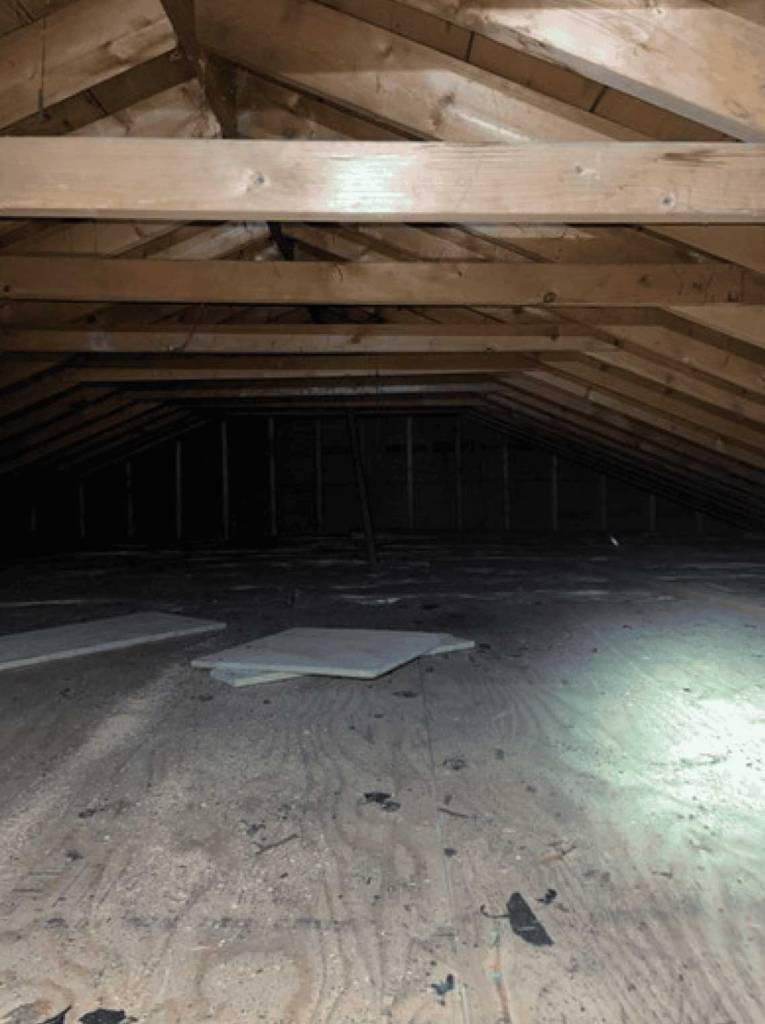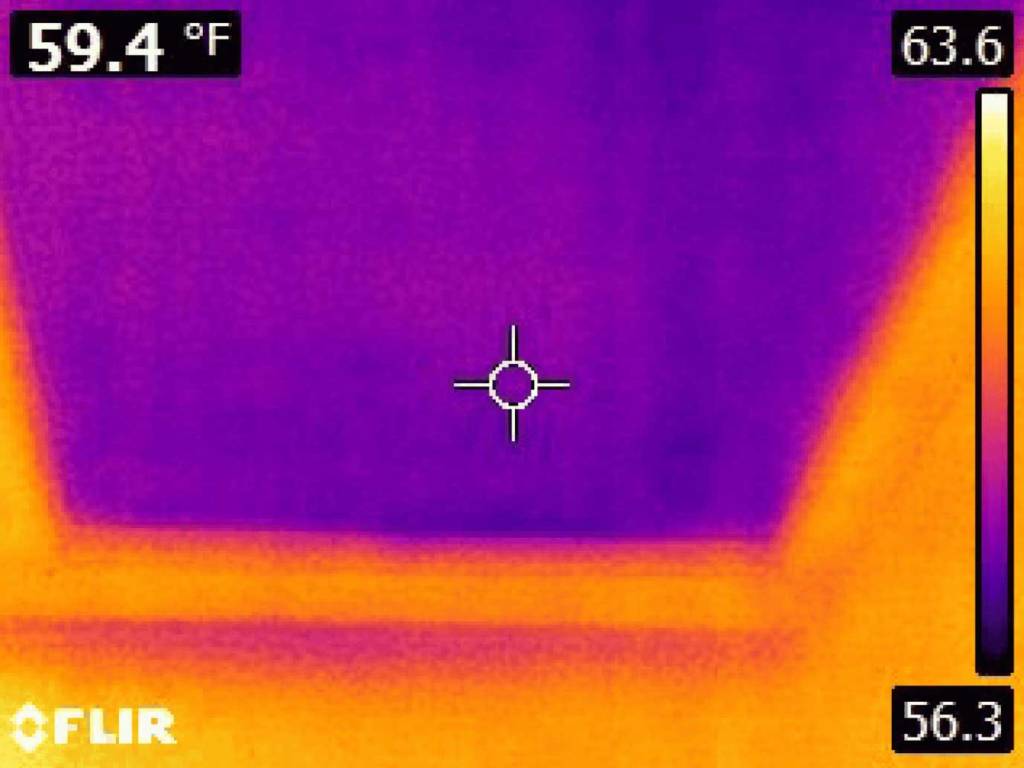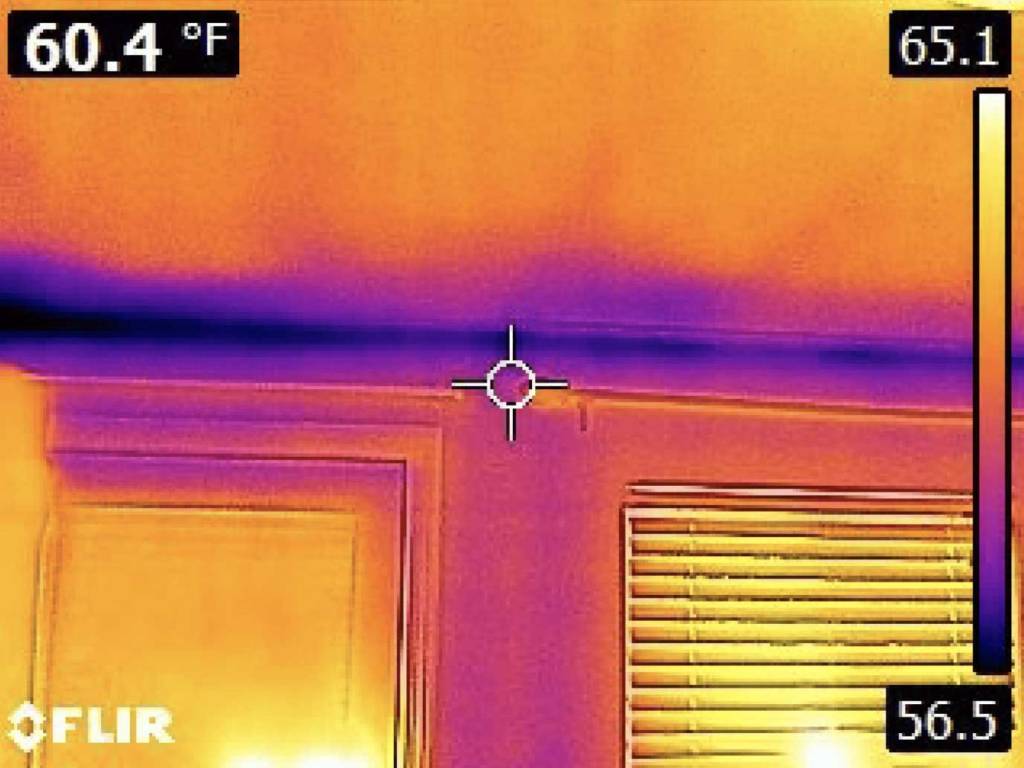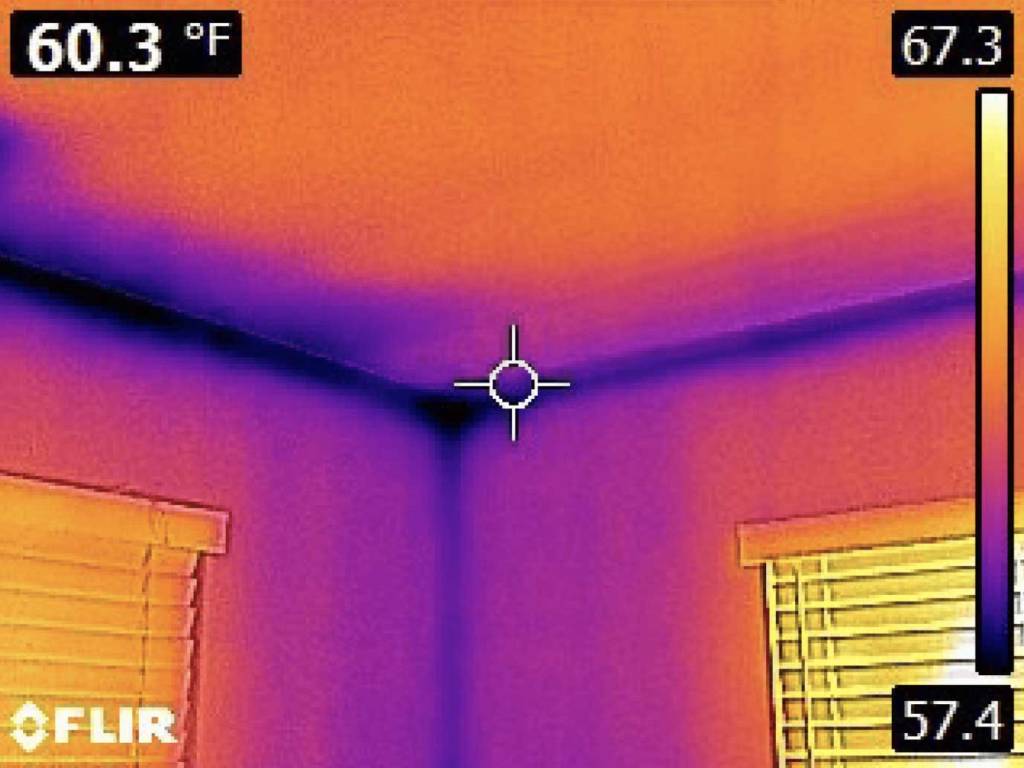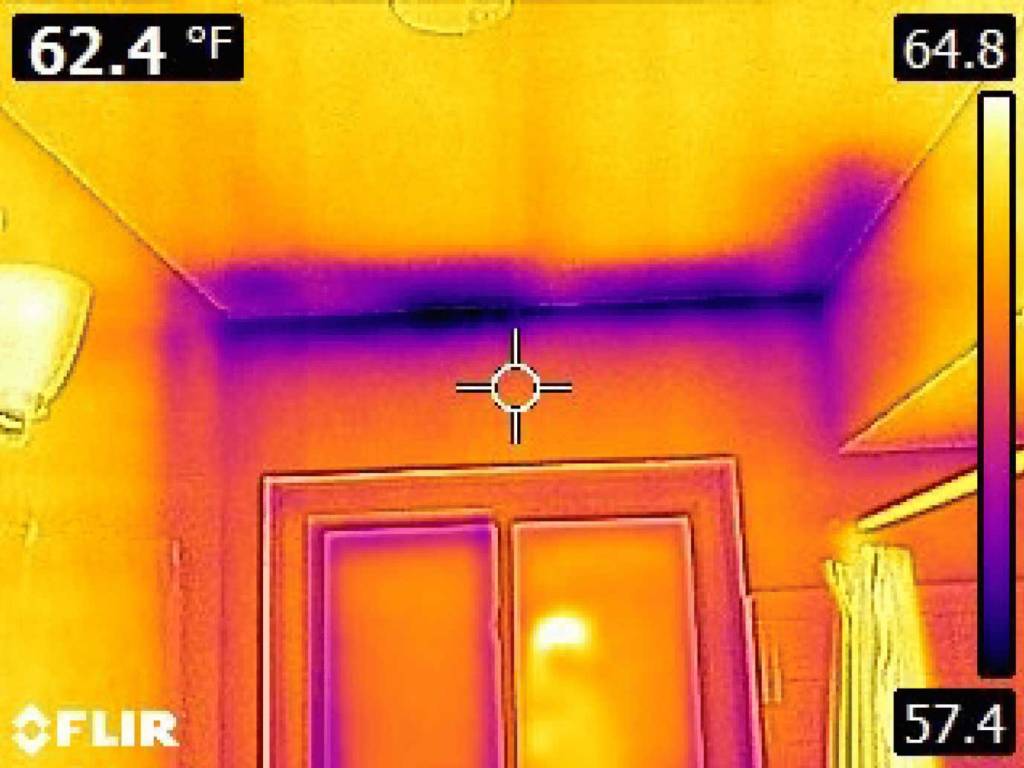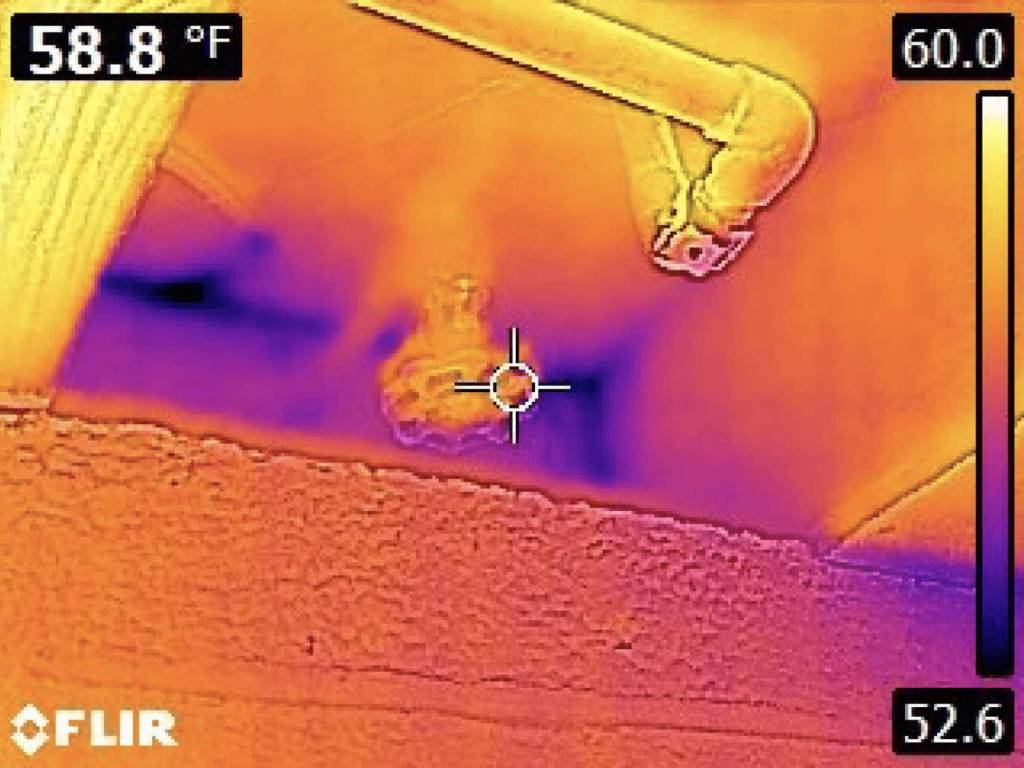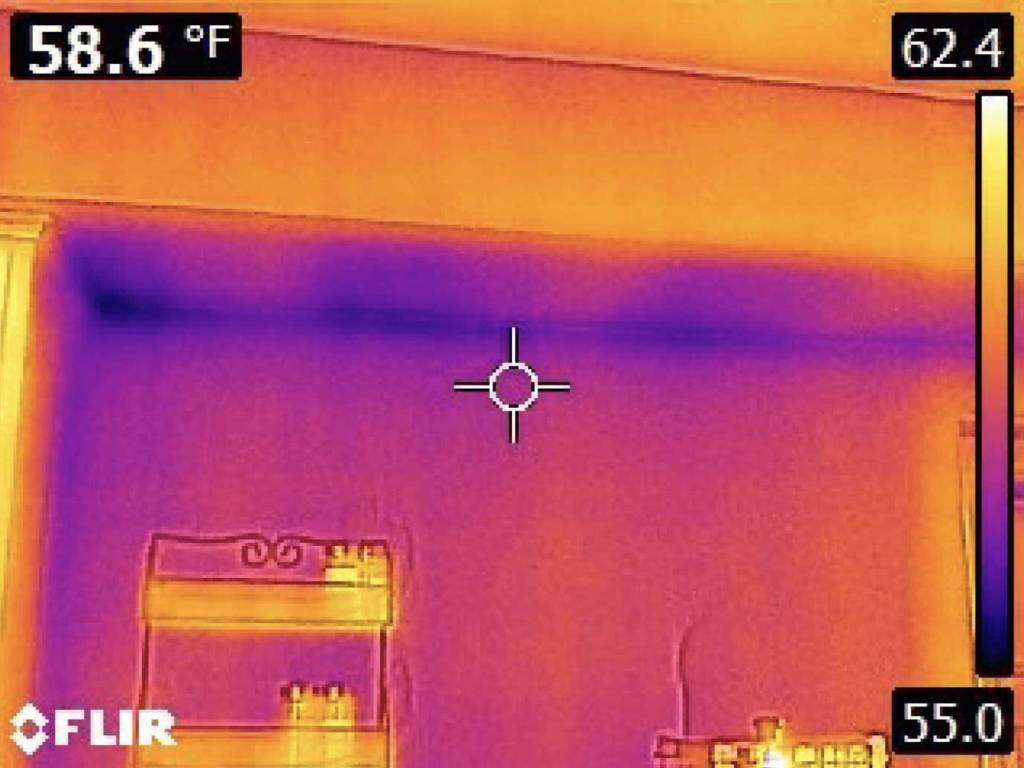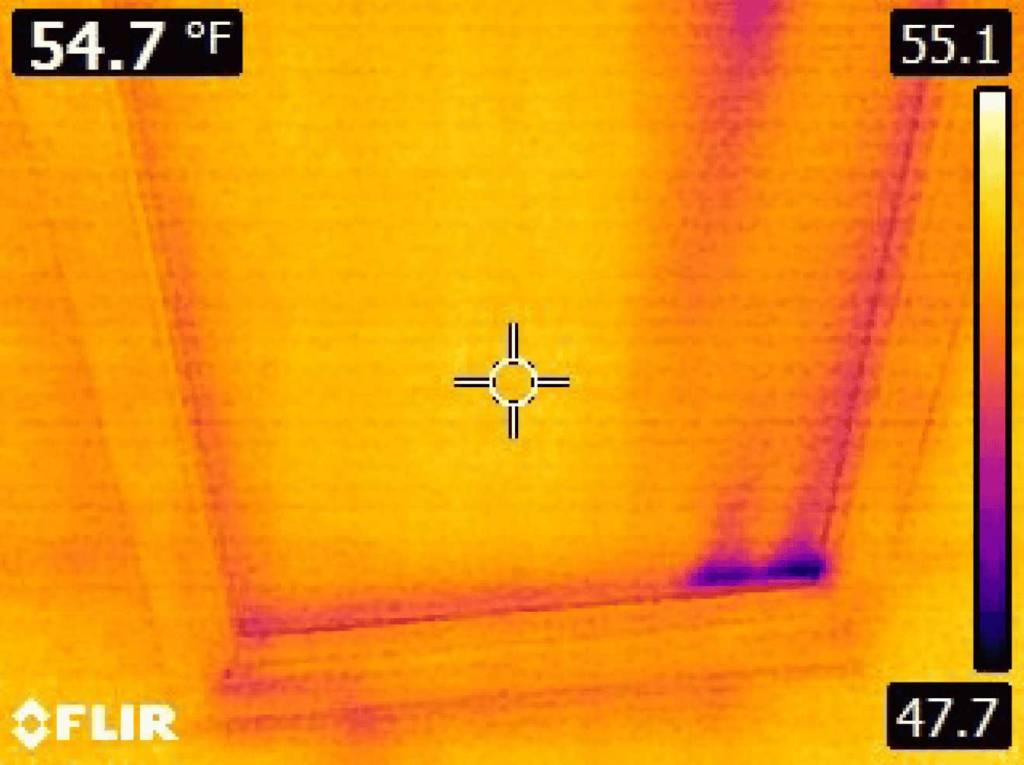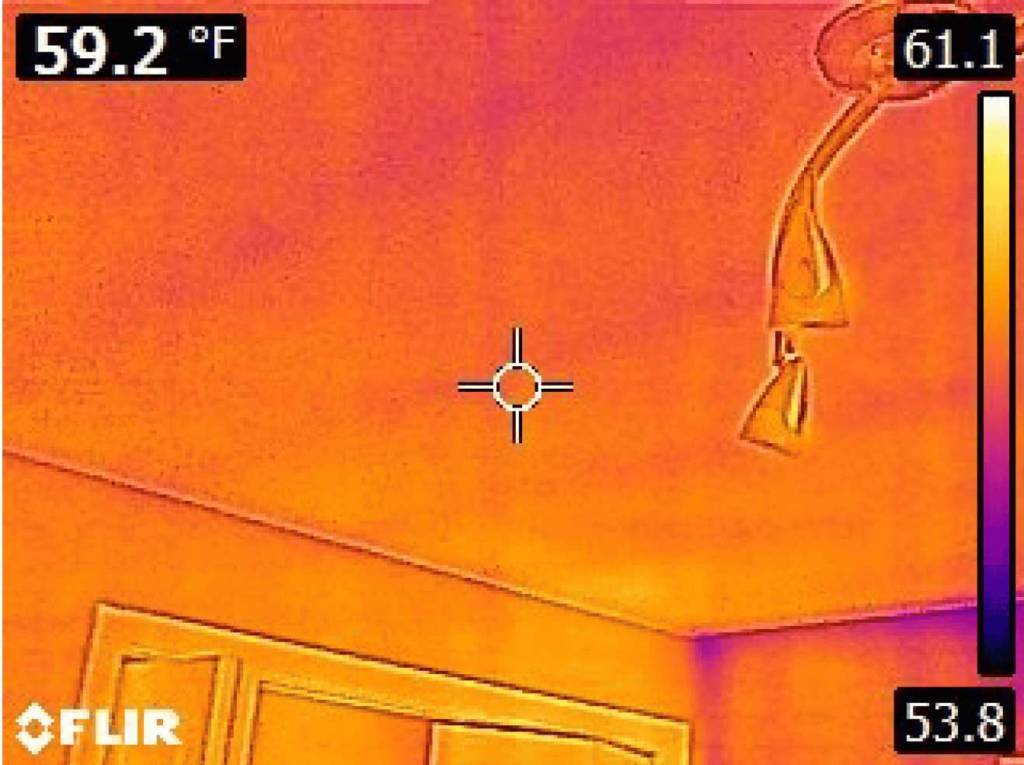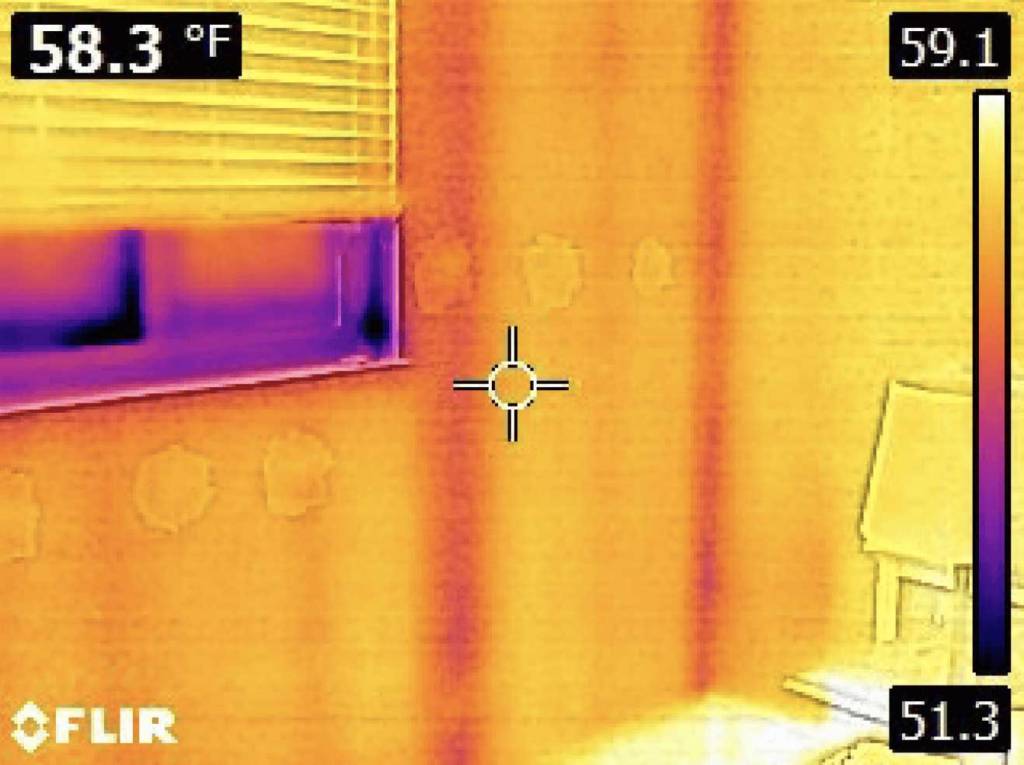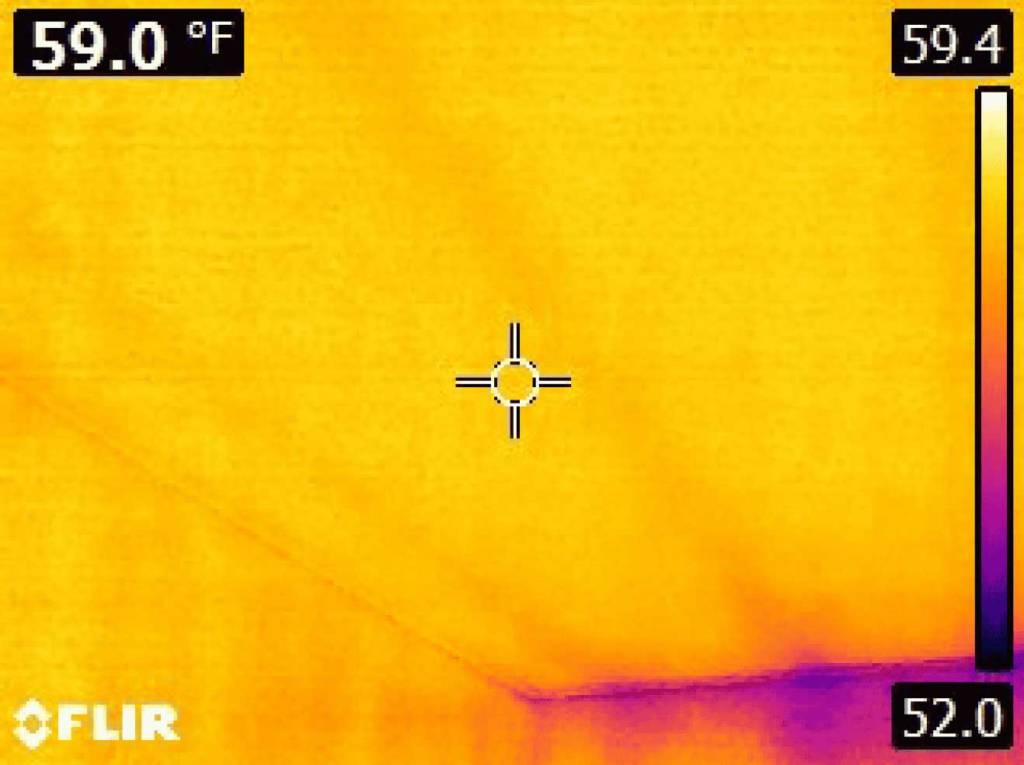Case Study: Modernizing a Mid-Century Home
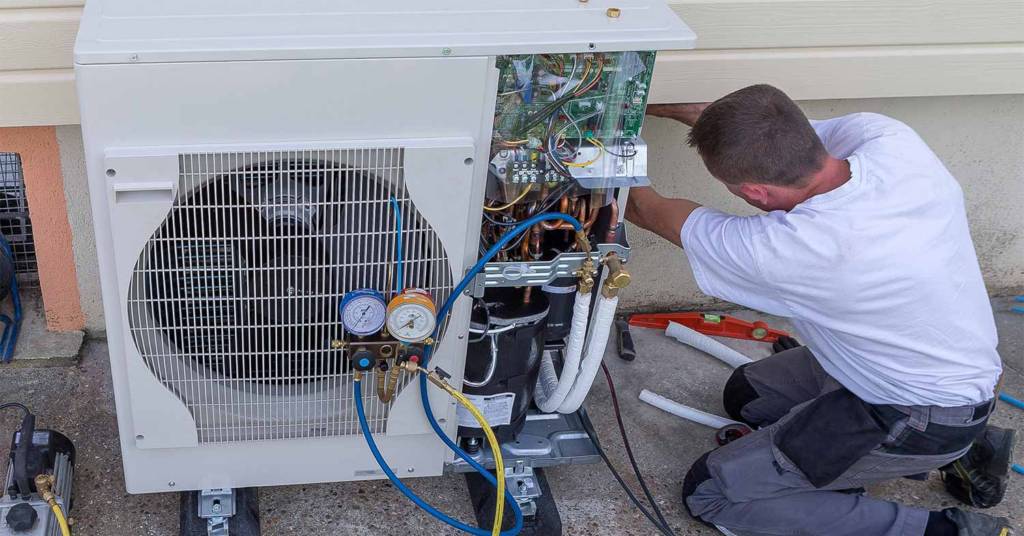
Joseph W. and his family had just moved to a new home in Rochester, Michigan. Built in 1954, the home had lots of opportunities - almost no insulation with a 20+ year old furnace and AC.
A home with older insulation and HVAC systems means big temperature swings between the seasons. Joseph’s home never seemed to stay warm enough in the winter or cool enough in the summer.
As a new homeowner, Joseph wanted to make his new home a refuge - a safe, comfortable place for his family. That’s why he reached out to Ecotelligent Homes. Below you’ll find a breakdown of Josheph’s project - including before and after photos, services, and results.
If you’re thinking about improving your home in Detroit Metro, we recommend starting with a home energy audit. This is the best way to find the priorities that matter most. If you have questions about your home, feel free to give us a call at (248) 291-7815, or send us a message anytime.
Health and Safety: Vermiculite Removal
Vermiculite Removal: What We Found
When we inspected Joseph's attic, we found vermiculite insulation, a serious health and safety risk.
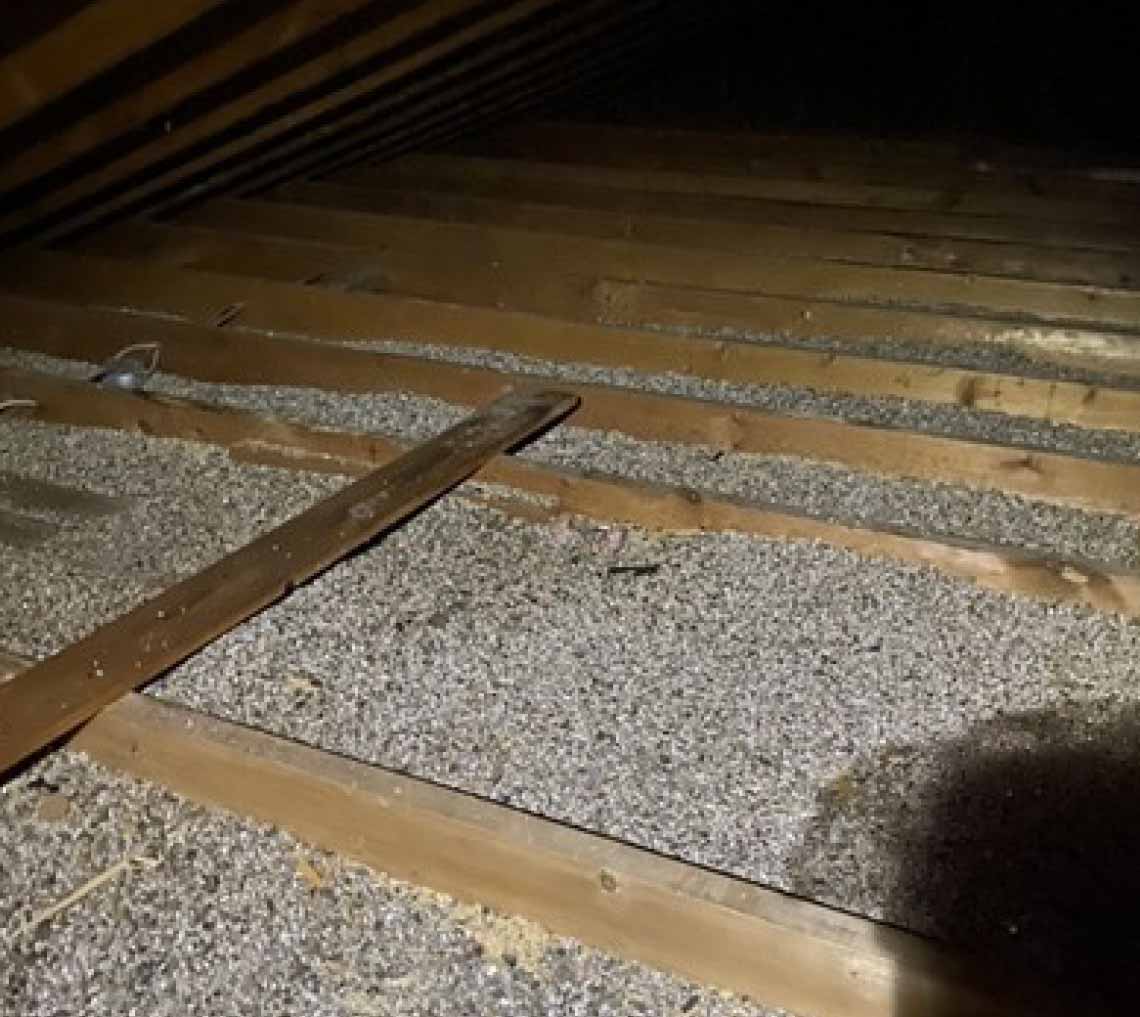
Vermiculite is a mineral often used for insulation, but it can be contaminated with asbestos. Asbestos exposure can cause serious health issues like lung cancer and mesothelioma.
Learn more on the EPA’s resource page: Protect Your Family from Asbestos-Contaminated Vermiculite Insulation
Vermiculite Removal: What We Did
We set up a containment area with HEPA filters to prevent asbestos fibers from spreading throughout Joseph’s home.
Our team, equipped with protective gear, used HEPA vacuums to carefully remove the vermiculite. We followed strict safety guidelines to ensure a safe environment for everyone involved.
Vermiculite Removal: What Resulted
After removing the vermiculite, we disposed of the waste following State of Michigan EGLE requirements.
Now Joseph and his family can rest easy, knowing that they won’t be breathing in cancerous asbestos fibers over the years that they live in their home.
If you’d like us to inspect your home for vermiculite insulation or other health and safety risks, please don’t hesitate to give us call at (248) 291-7815, or send us a message
Insulation: Upgrading for Comfort and Efficiency
Insulation: What We Found and Why It Matters
During our inspection, we found that Joseph's home had little to no insulation in both the attic and exterior walls. This lack of insulation caused serious energy loss and led to wide temperature swings throughout the year.
Proper insulation is crucial for maintaining consistent indoor temperatures and improving energy efficiency, which can lower energy bills and enhance overall comfort.
If you have a home without insulation, it's like wearing a jacket that’s wide open in the winter. Sealing air leaks and topping up the insulation is like zipping up the jacket so that you feel much more comfortable.
Insulation: What We Did
Here’s how we helped with Joseph’s insulation:
Attic Insulation: We installed blown cellulose insulation in the attic, achieving an R-value of 49 to meet ENERGY STAR recommendations. This involved spreading 13 inches of insulation to cover the entire attic floor.
Air Sealing and Rim Joists: We sealed air leaks in the attic and insulated the rim joists with closed-cell spray foam. This step helps to prevent drafts and further reduce energy loss.
Exterior Walls: We used dense pack cellulose insulation to insulate the exterior walls, bringing them up to an R-value of 13. This insulation technique helps to fill gaps and voids, ensuring better thermal performance.
Insulation: What Resulted
The improvements in air sealing and insulation have helped to create a clear boundary between the outdoor air and the conditioned air inside Joseph’s home.
To help bring this to life, consider the results of the blower door tests that we ran before and after Joseph's project. A blower door test tells us exactly how much air is moving through the gaps, cracks, and surfaces of a home.
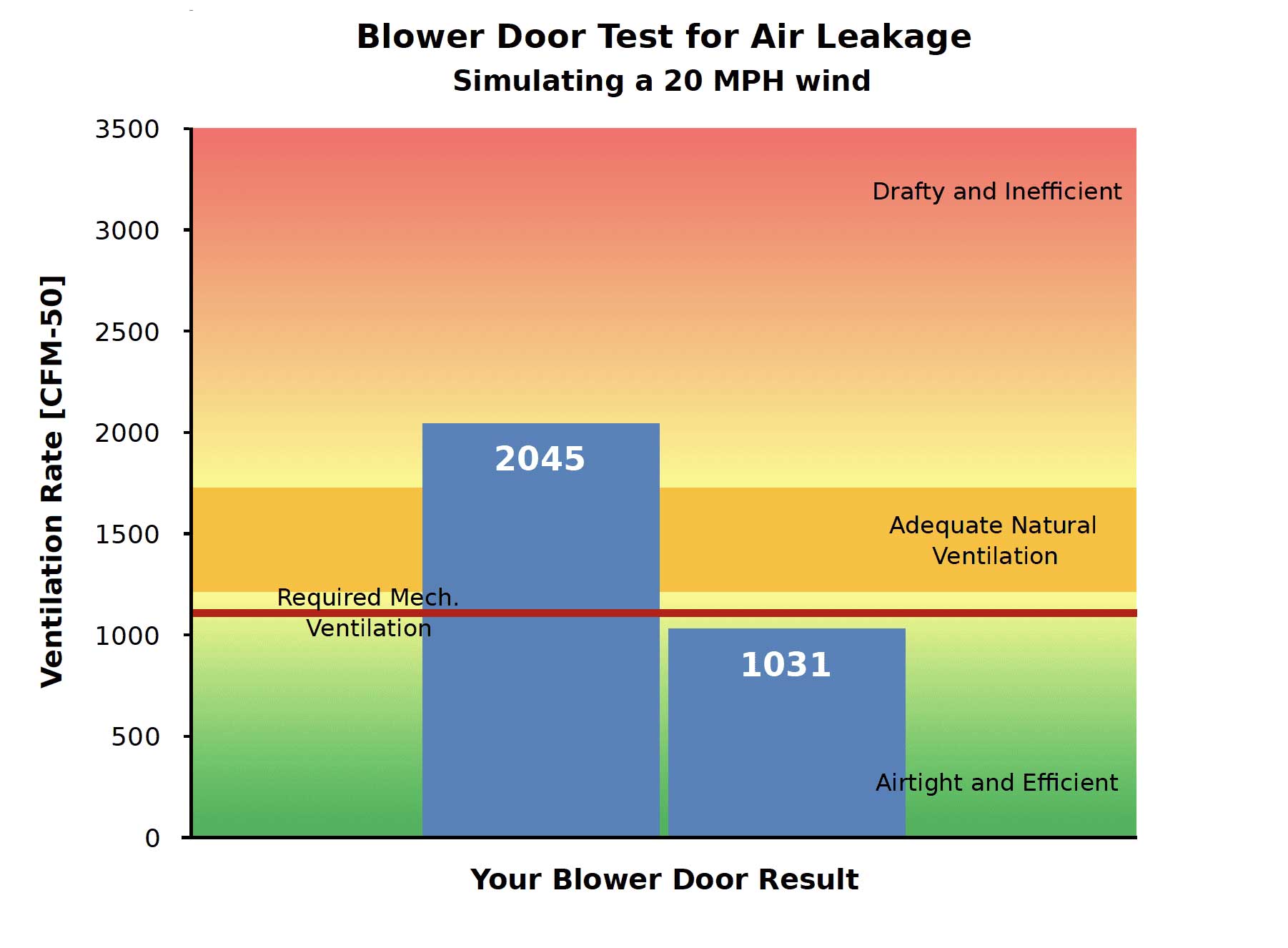
At Joseph's home, we reduced the amount of air leakage by about 50%.
That's the same as shutting two medium size windows that have been left wide open. Imagine leaving two windows wide-open through the coldest months of winter and hottest months of summer. Shutting the windows would have a huge impact on how comfortable you feel in your home.
To better understand the benefits of insulation and air sealing, it's also helpful to take a look at infrared camera photos. These photos were taken in the late fall. The darker areas show where cold air was entering into Joseph's home.
After the project, you’ll notice a significant reduction in the darker colors. This shows that Joseph's home is holding in the warm air and keeping out the cold outdoor air.
If you have any questions about improving the insulation in your home, or would like to schedule an inspection, feel free to give us a call at (248) 291-7815, or send us a message anytime.
HVAC Systems: Out with the Old in with the New
HVAC: What We Found and Why It Matters
When we first inspected Joseph's home, we found an old, inefficient furnace and air conditioner. These outdated systems were not only contributing to high energy bills but also failing to provide adequate heating and cooling.
This meant that Joseph’s family was often uncomfortable, and they were spending more than necessary on energy.
HVAC: What We Did
To address these issues, we made significant upgrades to Joseph's heating and cooling systems:
- Heat Pump Installation: We installed a Carrier Infinity 25VNA8 Heat Pump, which boasts an impressive efficiency rating of up to 18 SEER (Seasonal Energy Efficiency Ratio). This modern system is designed to provide efficient cooling in the summer and heating in the winter, ensuring year-round comfort.
- High-Efficiency Furnace: We also replaced the old furnace with a new high-efficiency model that features a variable speed blower motor. This type of furnace is not only more efficient but also provides more consistent heating by adjusting the blower speed to match the heating demand.
HVAC: What Resulted
The upgrades to Joseph's heating and cooling systems have led to significant benefits:
- Energy Savings: With the new heat pump and high-efficiency furnace, Joseph is expected to save about 20% on his heating and cooling costs. These savings will help offset the initial investment in the new equipment over time.
- Enhanced Comfort: The improved systems provide more consistent indoor temperatures, eliminating the hot and cold spots that were previously an issue. This means that Joseph's family can enjoy a comfortable home environment throughout the year.
If you have any questions about upgrading your heating and cooling systems, or would like to schedule an inspection, feel free to give us a call at (248) 291-7815, or send us a message anytime.

Ecotelligent Homes
Since 2009, more than 3,000 Michigan homeowners have trusted Ecotelligent Homes to make their homes comfortable and efficient. If you want an energy audit, insulation, HVAC, or abatement services, give us a call anytime: (248) 291-7815. Satisfaction guaranteed.
Got a project in mind?
Tell us about your project, and we'll send ballpark pricing in 2 minutes or less.
